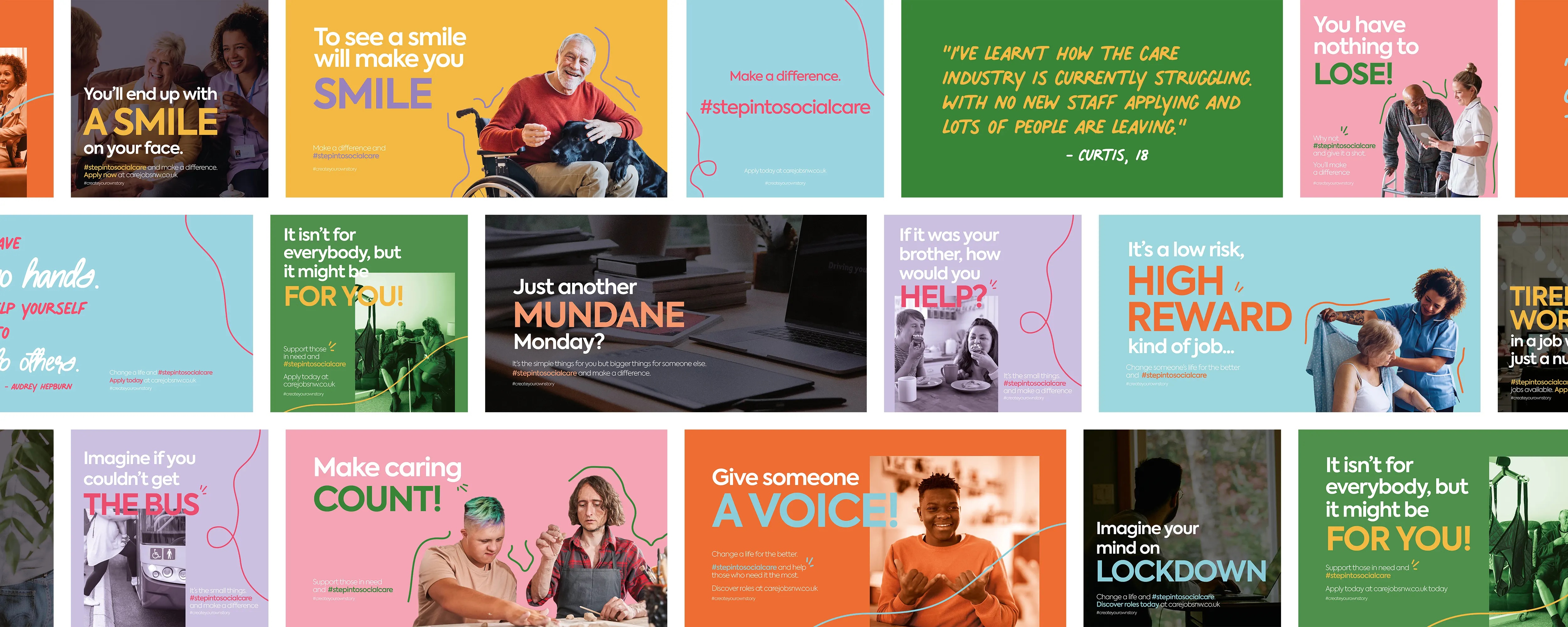Marketing ROI can be directly correlated to how much you know your audience, which makes audience research a priority for any marketer.
The success of any marketing activity, from social posts to multichannel advertising campaigns, relies on how much the marketing message and creative resonates with its intended target market. If the original brief was based on some outdated assumption then the campaign will fall flat. But not everyone has the budget for extensive audience research, and not every project warrants it. So what are the options?
Social media
The best place to start with audience research on a budget is your social channels. They are a melting pot of information on how your customers interact with you, your content and your competitors and other topics, products and brands they are interested in. You can also run polls to your existing network, or a broader network for a fee.
Analytics
Similarly, utilising free tools such as Google Analytics will allow you to track engagement with your website content and segment this by the channel they came from, which allows you to make some assumptions about the audience and what content they like to consume .
Competitors
Spend some time on your competitors’ social channels and websites, you will begin to see conventions in how they communicate, as well as the ways they try to differentiate, what works for them and what doesn’t? Look at stats, traffic figures and keywords using tools like SEMRush to identify trends. You should start to form a picture of how they speak to their audience and what they feel is relevant to attract their attention.
Internal interviews
It costs nothing to chat to internal sales and customer service teams. Who are their best customers? Who are their worst? What do they get asked most frequently? What are the biggest challenges and objections when it comes to decision making? How do they feel marketing can alleviate some of their pain points with customers? It’s a rich source of free audience research.
Surveys
Engaging with customers through a survey can provide valuable insights into their experience with your company, product, or service. While sending out a set of close-ended questions to a company email list requires minimal effort and expenditure, it restricts the depth and flexibility of responses, resulting in limited data derived from generic answers like ‘yes’, ‘no’, ‘maybe’ and ‘not sure.’
To gain actionable insights, consider balancing structured and open-ended questions in your survey, and use a tool designed for the job, such as SurveyMonkey who can provide survey templates and guidance on how to avoid common types of survey bias. These tools usually have free and paid for versions.
1-1 interviews
Perhaps the most time intensive and costly of the options as these are best conducted by a professional to make sure the output is of value. Interviews put you one-on-one with members of your target audience who are often sourced by a recruiter and incentivised to take part. You can, however, conduct informal interviews with willing customers if budgets are tight.
The opportunity to ask an open ended question and conduct a two way dialogue can help you dive deeper into reasoning and emotion that can’t be achieved through surveys. It allows you to get a more personal representation for a more involved understanding of how to approach your research project. It’s where the really juicy nuggets of insight can be found.
Focus groups
A focus group is an interview with a group of people with similar interests, around 6-12 people usually. Run by an experienced facilitator who can steer conversation and discussions naturally to unearth the insights that meet the objectives of the research. Perhaps less time intensive and budget friendly compared to 1-1 audience research, but they produce broad insights from multiple perspectives instead of detailed individual viewpoints. Often used to validate thinking rather than unearth brand new insights.
What do I do with my audience research?
With an initial understanding of who your audience are and how they are broadly segmented based on their needs when it comes to your products and services you can create personas. These are a snapshot of who your audience are, where they hang out and what they expect from your company. They are used to determine the marketing strategies that will reach them and the key messages that will resonate.
Depending on your research method, they may contain a lot of assumptions to begin with, but getting these audience research personas drawn up is an excellent place to start to understand what you know and what you still need to find out. Use these personas to continually test your hypothesis through your campaigns. Come back to them and update with your findings. With each new campaign should come new insights on which to build a more robust marketing plan. And of course with more budget you can speed up the process to fill in the blanks.
Our key tip: don’t wait for buckets of budget to be available before you start your audience research, get started with some desk research asap to see how the return on your marketing efforts improve!


